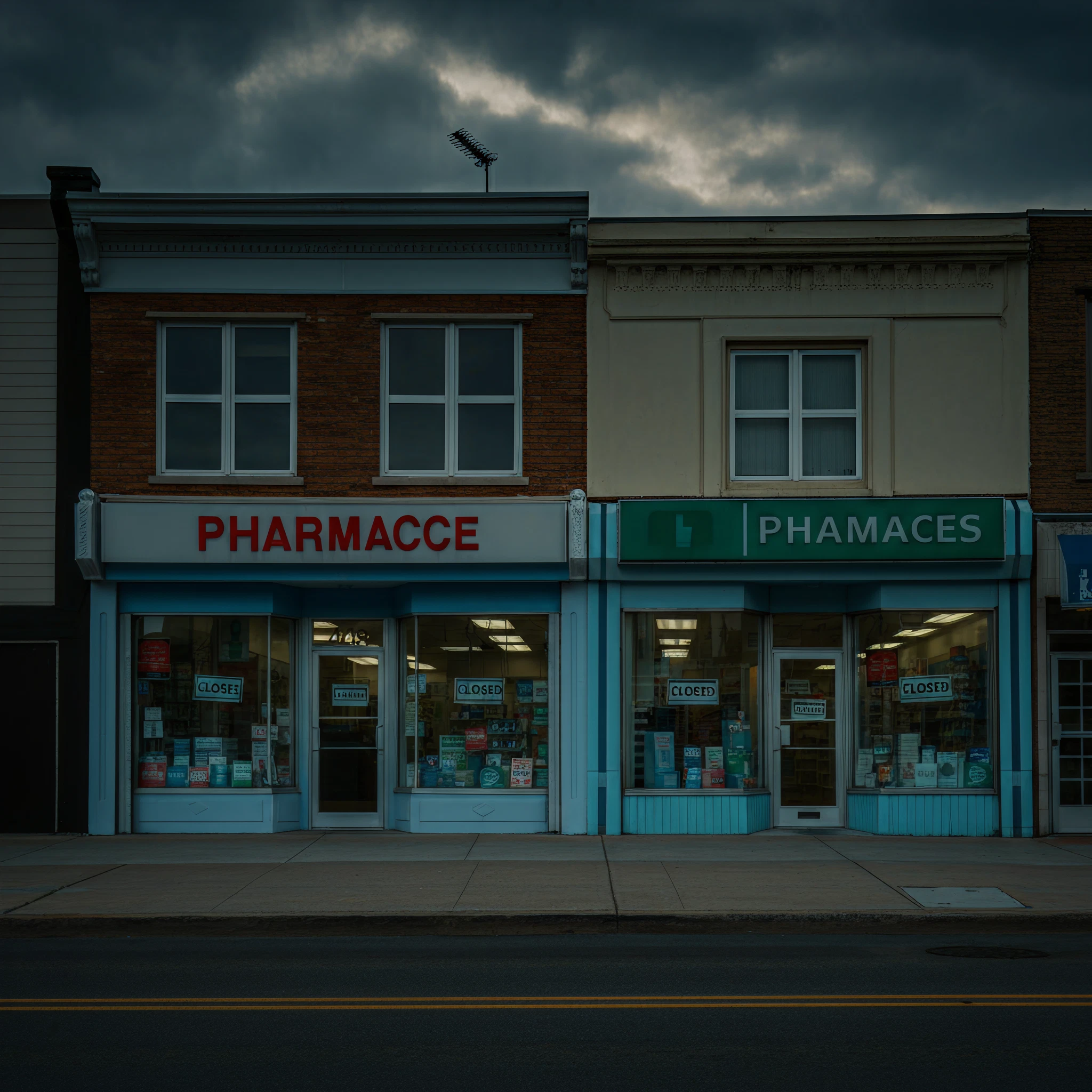Pharmacy closures have become an unsettling trend in recent years, raising concerns for healthcare accessibility and public health nationwide. From urban centers like Chicago to underserved rural communities, the ripple effects of this growing issue are being felt far and wide. High-profile closures, including prominent chains like Rite Aid and Walgreens, have further highlighted the challenges faced by America’s healthcare infrastructure.
What’s Driving Pharmacy Closures?
Several factors contribute to the increasing closure of pharmacies, with financial challenges being a key driver. Both independent pharmacies and large chains like Rite Aid have cited declining reimbursements, growing operational costs, and competition from online retailers as reasons for downsizing their footprint. For example, Walgreens recently made headlines by closing several locations across Chicago in an effort to streamline operations and improve profitability.
The situation is even more dire in rural areas. Pharmacies in these regions often face lower patient volumes and less financial viability, leading to closures and leaving residents without convenient access to essential healthcare services.
The Effects on Healthcare Access
Pharmacies are often the first point of contact for individuals seeking healthcare. They do more than just dispense medications; they provide critical services like vaccinations, health screenings, and consultations. The rise in closures threatens these essential services, particularly in underserved communities.
- Chicago: Walgreens’ decision to shutter select stores has sparked concern among city residents, especially those in low-income neighborhoods. Many fear that pharmacy deserts will become more widespread, forcing people to travel long distances for basic healthcare needs.
- Rural America: Pharmacy closures in rural areas exacerbate existing healthcare disparities. For families without access to reliable transportation, a closed pharmacy means delayed or missed medications, which can lead to worsening health outcomes.
- Underserved Communities: Vulnerable populations, such as the elderly and those with chronic illnesses, are disproportionately affected by closures. These individuals often rely on nearby pharmacies for medication adherence and personalized care.
The Broader Implications
The closure of pharmacies has implications beyond just healthcare access. Economically, it impacts local communities through job losses and the weakening of small business ecosystems. Additionally, closures can place greater strain on hospitals and urgent care facilities as patients seek alternatives for services once provided by pharmacies.
What Can Be Done?
Addressing the issue of pharmacy closures will require a concerted effort from policymakers, healthcare providers, and the broader community. Here are some potential strategies:
- Policy Changes: Advocate for better pharmacy reimbursement rates and resources to support rural and underserved areas. Governments can also introduce incentives for pharmacies to remain open in vulnerable communities.
- Collaboration with Healthcare Systems: Promote partnerships between local pharmacies and larger healthcare institutions to share resources and ensure continuity of care.
- Support from the Public and Private Sector: Encourage initiatives that provide funding, training, and technology to modernize and sustain independent pharmacies.
Moving Forward
Pharmacy closures are not a challenge limited to one region or one demographic; they are a national issue that threatens equitable healthcare access. Without immediate action, underserved communities in Chicago, rural America, and beyond risk losing critical lifelines to care.
For healthcare professionals and policymakers, the task ahead is clear – to develop sustainable solutions that ensure pharmacies remain an integral part of America’s healthcare landscape. Whether through advocacy, education, or funding, the time to act is now.
If you’d like to learn more about this issue or discuss potential solutions, leave your thoughts in the comments below!








